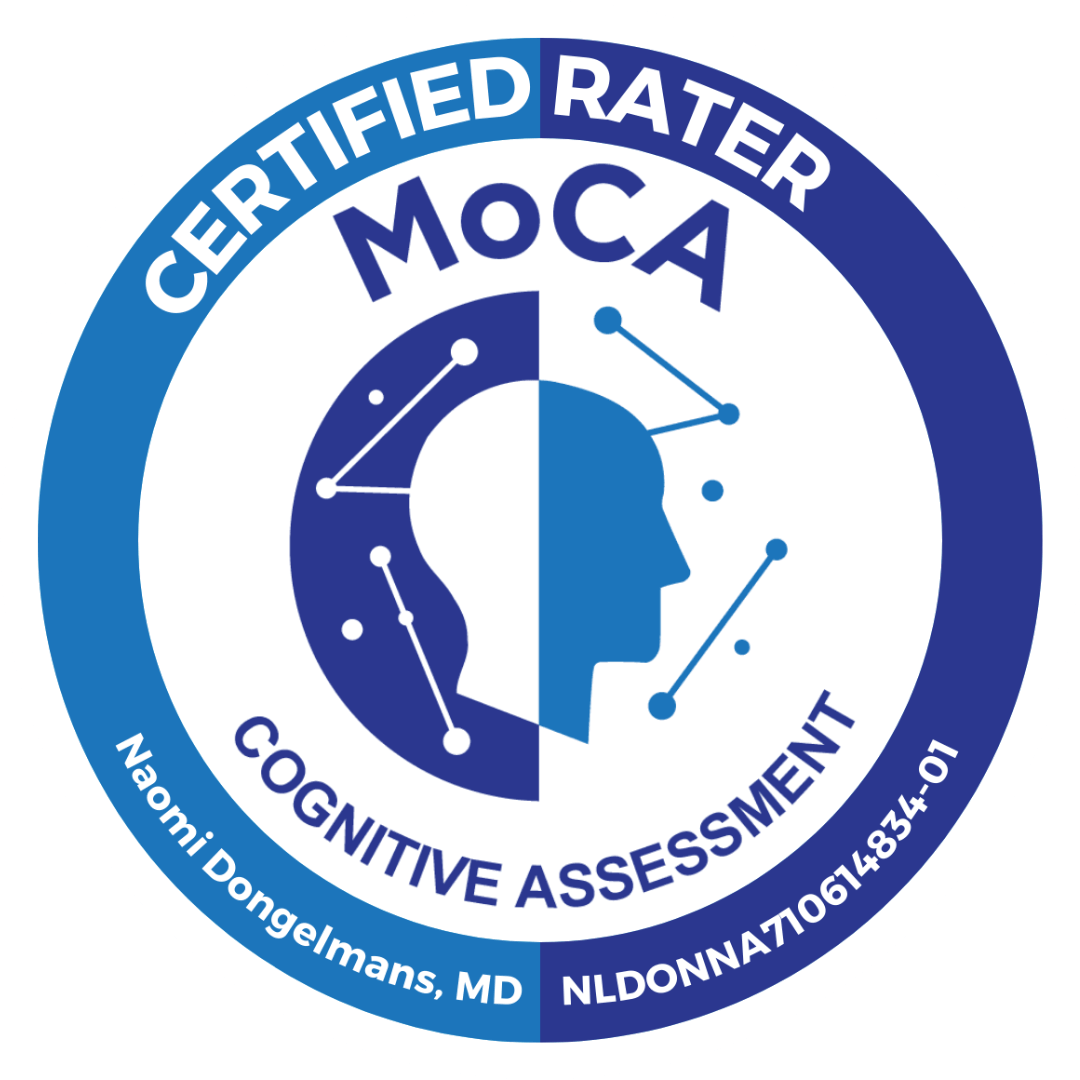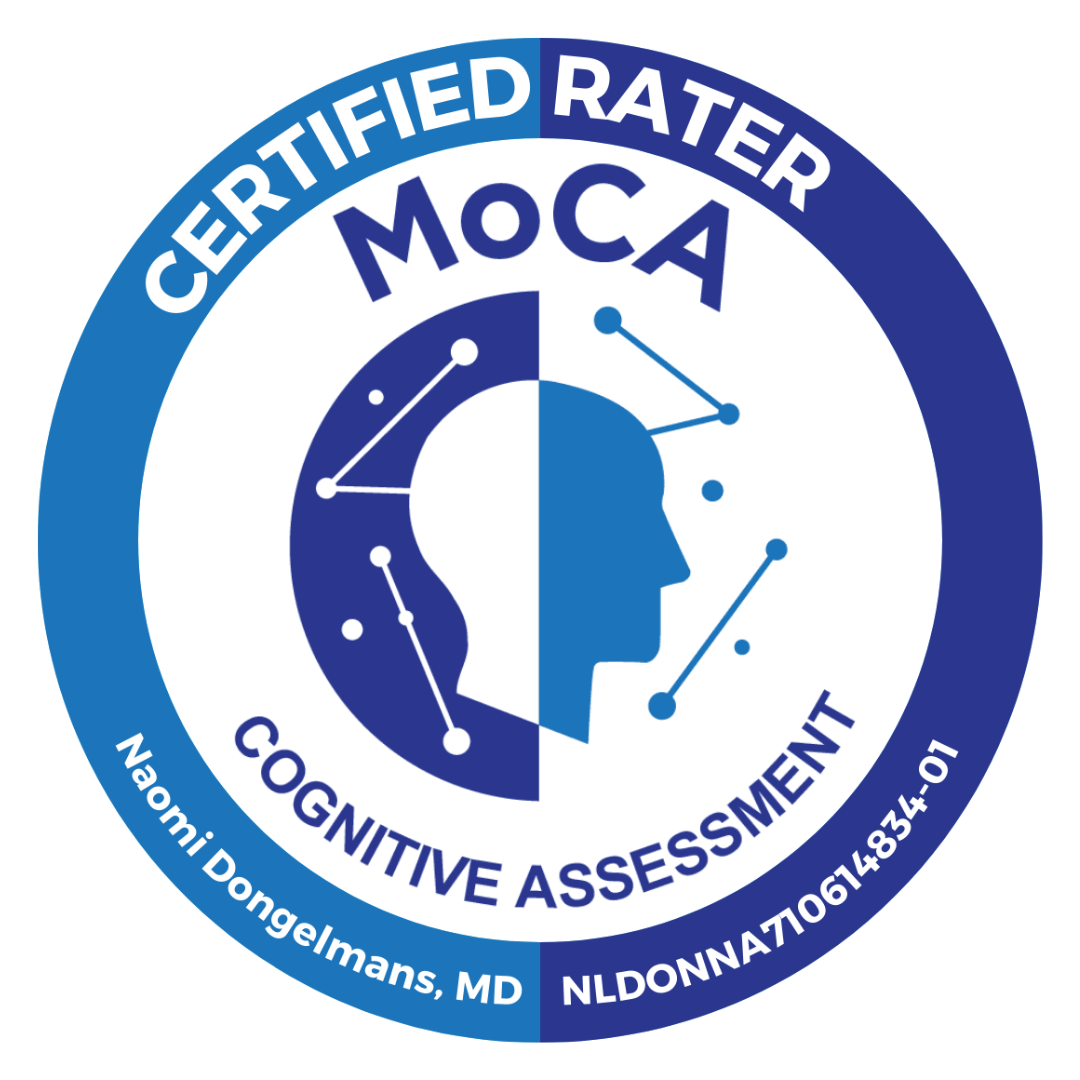
Caring for a loved one with dementia can be a challenging yet rewarding journey. As a caregiver, it's essential to take breaks to recharge and maintain your own well-being. Respite care is a valuable resource that provides temporary relief to caregivers, allowing them to rest while ensuring their loved one receives proper care. When it comes to respite care, two primary options exist: in-home and out-of-home respite care. In this blog post, we'll explore the differences between these two options and help you make an informed choice that best suits your loved one's needs.
In-home Respite Care
In-home respite care involves a trained caregiver coming to your home to provide care and support to your loved one while you take a break. This option offers several advantages:
Familiar Environment
Your loved one remains in the comfort of their familiar surroundings, reducing anxiety and confusion, especially for individuals with dementia.
Personalized Care
Caregivers can tailor their approach to your loved one's routines, preferences, and specific care needs.
Convenience
Accessing respite care is convenient, as it doesn't require transportation or transitions to a new location.

Out-of-home Respite Care
Out-of-home respite care entails temporarily placing your loved one in a care facility, such as an adult day centre or a residential care facility. Trained staff at these facilities provide care and engagement while you take a break. This option offers unique advantages:
Social Interaction
Your loved one can engage with peers, participate in group activities, and benefit from a structured environment, promoting socialization.
Professional Support
Facilities often have specialized staff trained in dementia care, offering a higher level of support and safety.
Full Break
Caregivers can have uninterrupted, dedicated time for self-care, work, or other activities.

Choosing the Right Option
Selecting between in-home and out-of-home respite care hinges on your loved one's unique needs, your circumstances, and your preferences. Here are some factors to consider:
In-Home Respite Care may be preferable if:
- Your loved one is more comfortable at home.
- Maintaining familiar routines and surroundings is essential.
- Transportation to an out-of-home facility is challenging.
- You need shorter, more frequent breaks.
Out-of-Home Respite Care may be a better fit if:
- Your loved one benefits from social interaction and structured activities.
- You require more extended periods of respite to fully recharge.
- Specialized dementia care provided by trained staff is necessary.
- Your loved one's needs exceed what can be comfortably managed at home.
Ultimately, your choice should align with your loved one's well-being and your caregiving needs. You can also consider a combination of both options to provide variety and meet different needs. Consult healthcare professionals and consider your loved one's preferences when making this crucial decision. It ensures not only quality care for your loved one but also valuable respite for yourself as a caregiver.
Conclusion
Respite care is a lifeline for caregivers, offering much-needed breaks while ensuring your loved one's welfare. Whether you opt for in-home or out-of-home respite care, the goal remains the same: providing the best care for your loved one and maintaining your well-being. Making an informed choice between these options ensures that both you and your loved one benefit from the respite experience.
Love what you read here? Subscribe for updates! Add me to the list!




























0 Comments